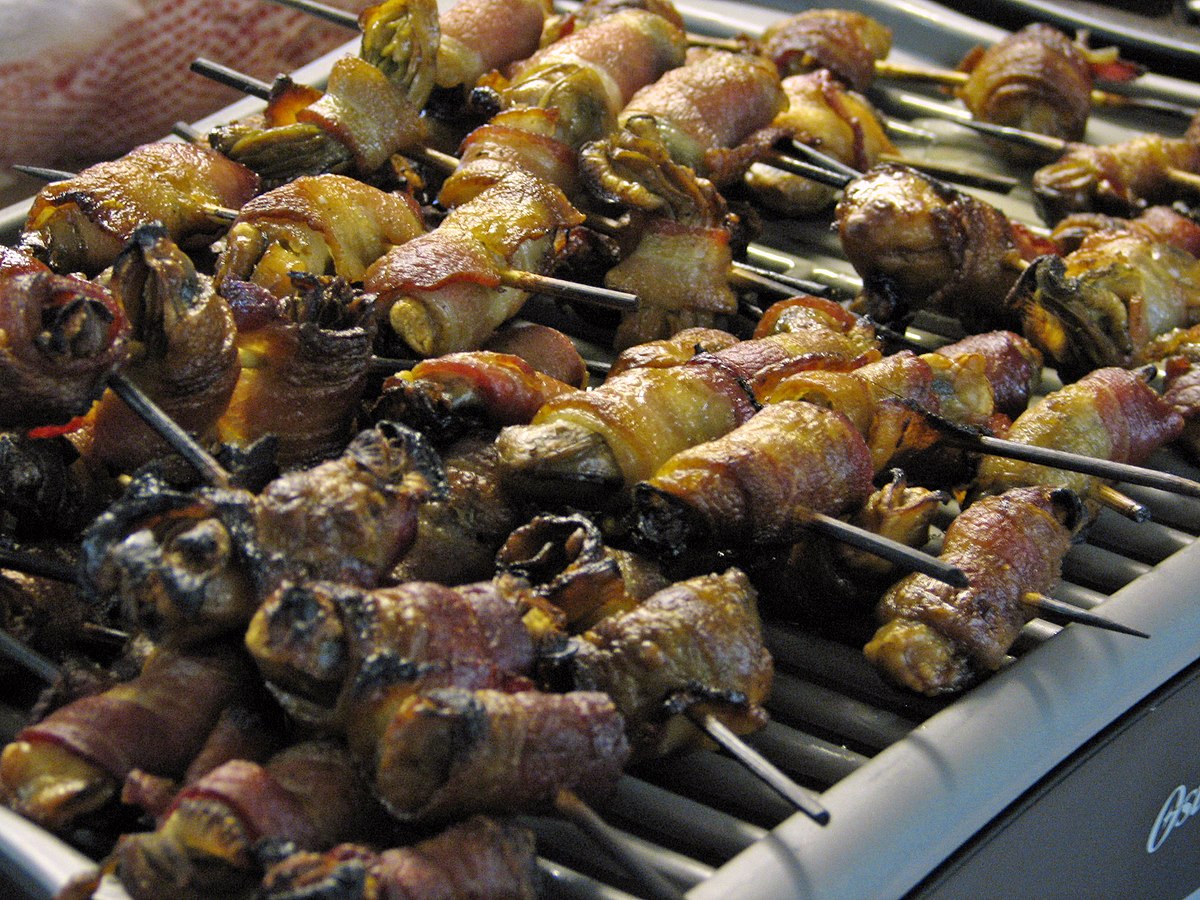Originally posted by french frank
View Post
I Think the perfect accompaniment to 'northern' cows milk creamy cheeses: Brie, Camembert, Pont l'Eveque, Neufchatel (although Valentine's day is passed!) require a dryish Loire wine or a Muscadet Sévre et Maine Sur Lie, or, hard to find here, Gros Plant - long considered beyond the pale, but making a comeback.


 too! Followed by cheese, of course.
too! Followed by cheese, of course.

 (I like to spare feelings when I can!). Anyway, that went better than the sweeter jelly. Gherkins and olives go well with the stronger cheeses, but not the jelly.
(I like to spare feelings when I can!). Anyway, that went better than the sweeter jelly. Gherkins and olives go well with the stronger cheeses, but not the jelly. ).
).
Leave a comment: